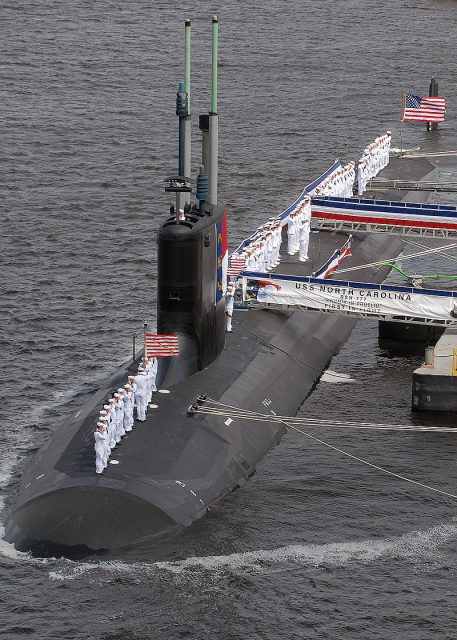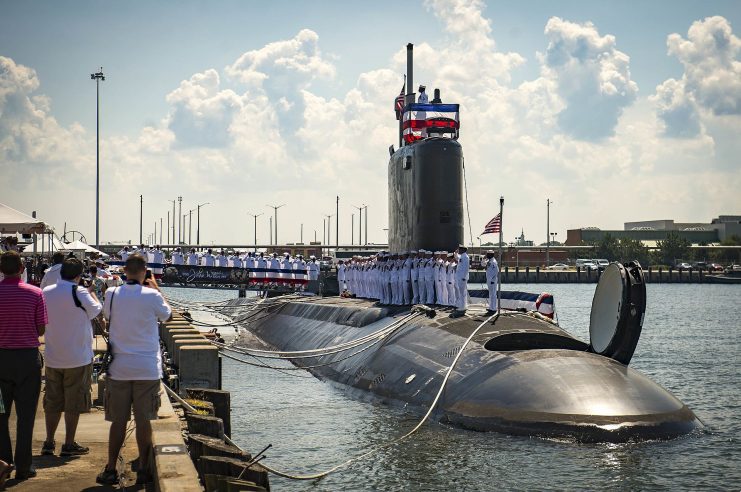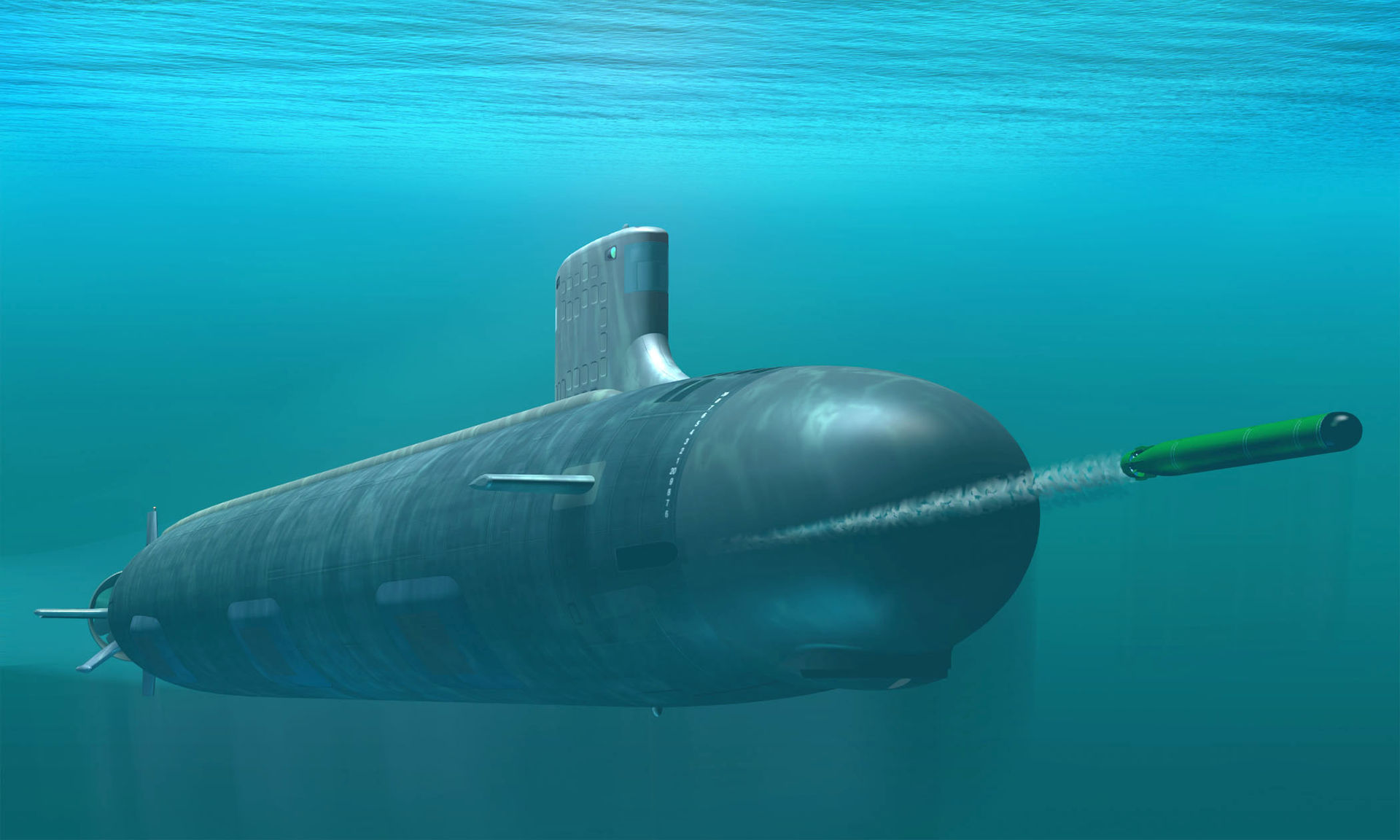A top-secret US Navy project to develop lethally armed autonomous submarine that is being developed with the Office of Naval Research.
The underwater robots will be controlled by artificial intelligence (AI) programs with the potential to target and engage armament without human direction.
The submarines are part of an AI project named CLAWS, described as a clandestine underwater autonomous weapon system.
Budget documents released by the US Navy in 2020 use language that deliberately blurs meaning when they say CLAWS will, ‘increase mission areas into kinetic effects.’

In layman’s terms this simply translates as an improved ability by the military to seek out and destroy a greater number of enemy targets.
Unmanned submarines are not a new idea and have been used extensively in the fields of undersea exploration, mapping some of the deepest parts of the world’s oceans.
The prospect of being able to send an unmanned military submarine into battle is one that many of us can see the advantages of. The difference being that the undersea explorers are usually guided by operators on the surface.
This new generation of autonomous undersea weapons systems raises the spectre of the killer robot, so long simply a part of pop-science fiction culture, that is now fast becoming reality. Public wariness of ‘the rise of the machines’ as it has been described, is likely why little detail has been released.
But when there are few details forthcoming it leaves room for speculation and possible fake news to circulate.

One rumour has it that the new CLAWS system has been designed to be installed on the Boeing Orca class series of robot submarines.
The Orca has a dozen torpedo tubes and a modular payload allowing it to be put to a diverse list of uses, thereby also future proofing it to some degree.
While not identifying the Orca class directly the US Navy has hinted at the submarine receiving, ’cost-effective upgrades in future increments to leverage advances in technology and respond the threat changes.’
The budget documents reveal the Navy is investing $182 Million in the development and construction of five Orca submersibles.
Naval analysts see the Orcas as being the attack fleets wing-men, carrying out the drudge work, freeing up the main fleet for frontline duties arguing that the cost of equipping the submarines with sensors that would enable AI to reliable locate, identify and destroy enemy targets is simply far too high to be a sensible option.
However, since 2018, CLAWS has been signalled as part of a wider project to better equip the submarine fleet for battlefield survivability, removing personnel from the front line and improving outcomes of engagement with enemy threats.
At the time it was not presented as a weapons system but as a forward surveillance vehicle, mine deployment vehicle, or doing the donkey work of carrying additional arms or supplies able to decide directional alignment based on information received from onboard sonar.
A spokesperson from University of California Berkeley, Stuart Russell sees arming a vehicle that is AI enabled as a ‘significant step,’ which risks, ‘accidental escalation in a way that does not apply to sea mines.’
The difference between artificial and human intelligence is clear when it comes to the operation of drones and accountability and so, since 2013 an international campaign to halt the development of autonomous weapons systems has been lobbying countries for an outright ban.
Weaponising these submersibles such that they can ‘increase mission areas into kinetic effects’, may remain the stuff of science fiction nightmares, and perhaps that is what they will stay?
Farewell to US 82nd AB James ‘Maggie’ Megellas
Dancing WWII Veteran Goes Viral with Justin Timberlake Dance
In the interests of national security, it is not always prudent for the military to be open and accountable regarding the development of its weapons systems. Today, information can be a fierce battleground in its own right.
